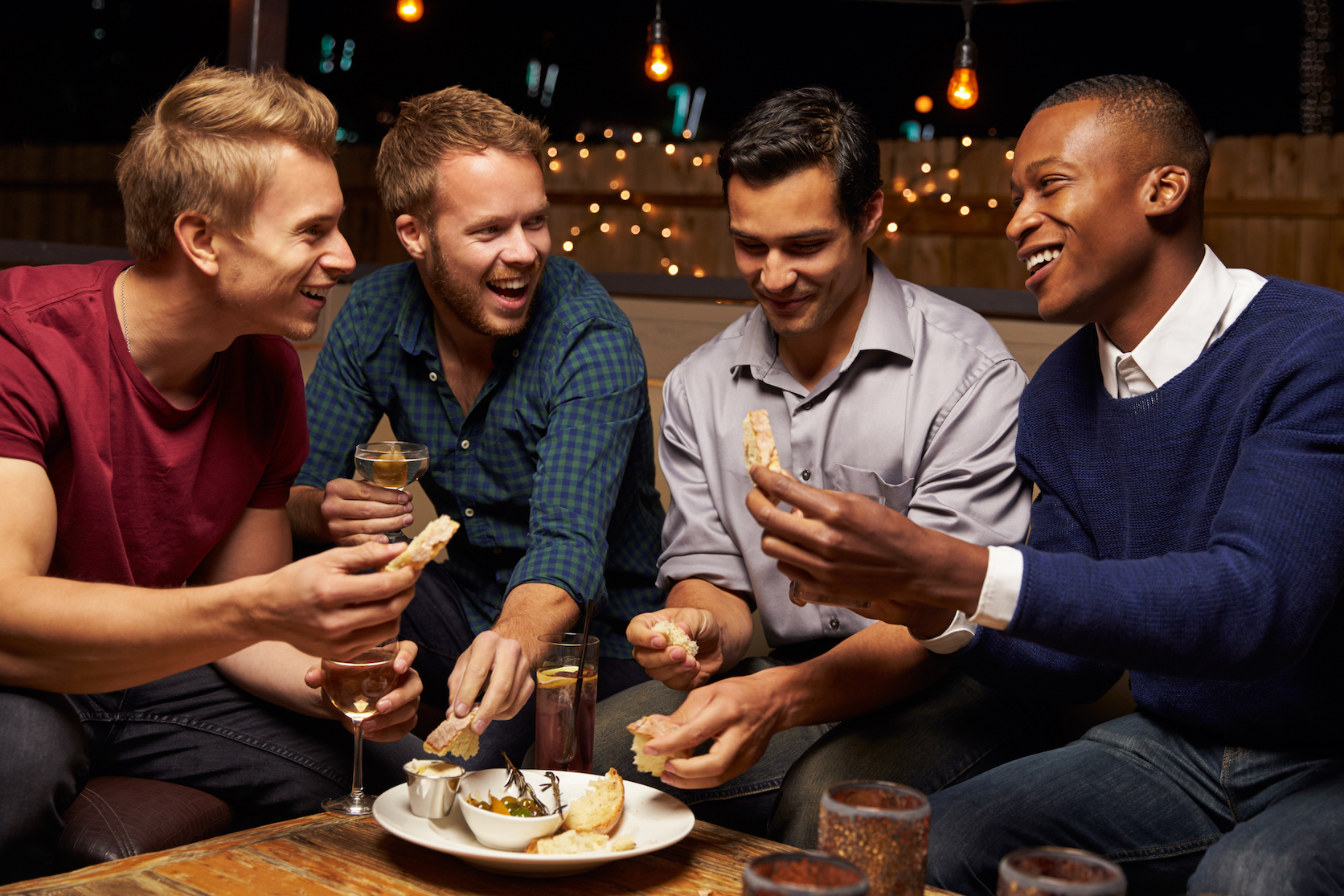
Is snacking contagious?
Research has shown that as much as 41 percent of our daily calorie intake comes from snacks, and now experts are saying that this is not just due to a lack of willpower. A recent study has found that people are more likely to indulge in between meals when they see other people snacking.
Researchers from the University of Tasmania set out to determine what influences snacking. Before the experiment, 61 participants were asked to report on topics such as how much they think about the advantages of healthy eating and their plans to adopt a healthier diet.
The volunteers were also asked to rate how often they incorporate all five food groups into their day and to gauge their level of willpower to eat healthier. For the following two weeks, the participants used an application to keep track of every time they ate and to report whether it was a main meal or a snack.
The individuals were prompted to record situational cues that may have influenced their decision to grab a snack, such as fast food was present, snacks were easily accessible, or there were people snacking within sight. The participants were also prompted by the application to record these situational cues at random times throughout the day.
The results of the study showed that the participants were much more influenced by momentary cues such as seeing someone else eating than they were by their own intentions. For example, the subjects of the study reported the presence of other people snacking more often when they had just logged their own snacking than when they were prompted randomly by the application to report on situational cues.
The authors of the study, published in the British Journal of Health Psychology, hope the findings of the research will ultimately help to curb overeating.
“Working with individuals to increase their self-regulatory skills may enable them to better control their snacking and be less influenced by momentary cues,” said the authors.
—
By Chrissy Sexton, Earth.com Staff Writer













